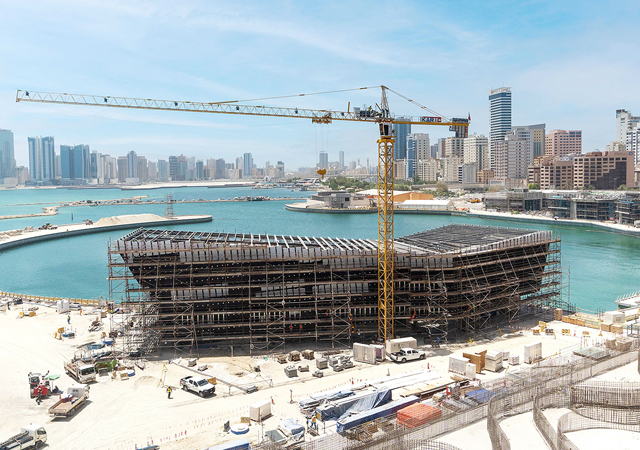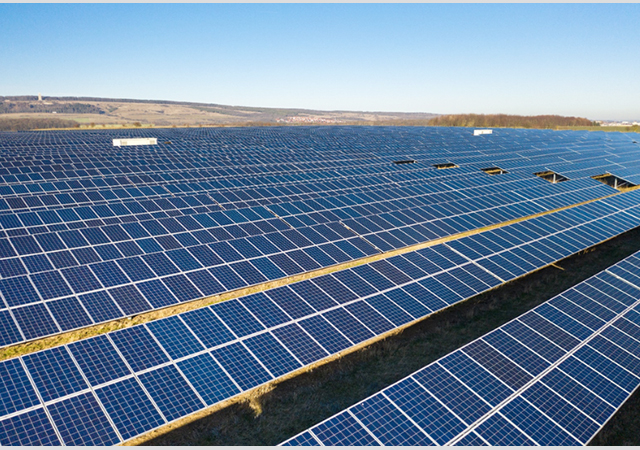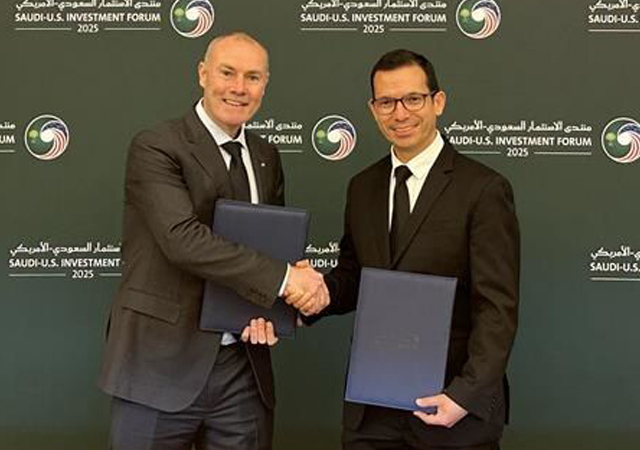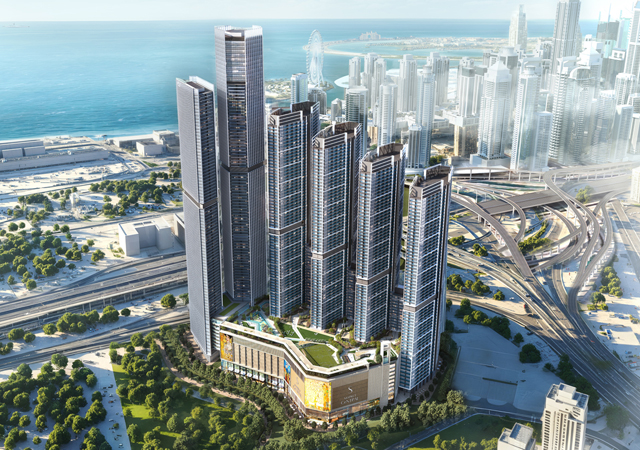
With the construction sector in the kingdom witnessing a boom in activity, capacity constraints have been hampering the growth of the Saudi cement sector.
This is in spite of the fact that the eight major cement companies in the kingdom have embarked on capacity enhancement plans at an estimated investment of SR10 billion ($2.67 billion). With the completion of some of the expansion last year, total designed capacity is estimated to have reached around 24 million tonnes of clinker, which is adequate to produce about 25.5 million tonnes of Portland cement.
In 2004, the eight cement companies supplied 23.84 million tonnes of Portland cement to the domestic market, which was 7.1 per cent higher than the quantity supplied in the previous year. In the first nine months of 2005, the combined local deliveries of cement totalled 18.77 million tonnes, around two per cent higher on the same period of 2004. Given the production capacity in place, the eight cement companies were expected to supply a combined total of 25 million tonnes for last year, around 4.9 per cent higher than the total quantity supplied in 2004.
Chart 1:
The slow growth rate in local deliveries this year is due to capacity constraints. The ongoing capacity expansion plans envisage the existing 21.4 million design capacity to rise by 52.6 per cent, which is equivalent to 11.25 million tonnes, bringing the total design capacity to 32.65 million tonnes for the eight cement companies.
On expected completion by 2008, the capacity will be adequate to produce around 34.7 million tonnes of Portland cement. In addition, two new cement companies, namely Khiat Cement and Riyadh Cement, are presently under construction with a combined production capacity of 2.55 million tonnes of clinker, lifting the kingdom’s total expansion to about 14 million tonnes. The two new companies are expected to begin trial production in 2007 and initiate commercial production from early 2008. When all expansions are completed, the aggregate design capacity of clinker of the 10 cement plants in the kingdom would rise to 35.2 million tonnes in 2008, an equivalent of 37 million tonnes of Portland cement (Chart 1).
Chart 2:
Consumption vis-à-vis expansion
The kingdom’s domestic consumption includes local deliveries plus net-imports (import minus exports). In the last five years, aggregate domestic consumption of Portland cement has been growing at 11.02 per cent a year to reach 26.5 million tonnes last year. However, the growth in domestic consumption slowed down last year to 9.5 per cent primarily due to capacity constraints (Table 1 and Chart 2). In the first nine months of 2005, the eight listed companies supplied 18.77 million tonnes of Portland cement, and the total supply is expected to reach 25 million tonnes by the year-end.
Local producers supplied nearly 96 per cent of the total domestic consumption while imports met the remaining. The nearly 14 million tonnes of additional cement capacity that is being put in place will not only displace imports, but would also absorb domestic demand growth to the extent of 9.5 per cent a year in the next three years through 2008.
While the ongoing construction boom in Saudi Arabia is not likely to persist in the long term, domestic consumption of cement is expected to slow down to around 5 per cent annual growth through to 2008. Therefore, the quantity of domestic consumption of Portland cement is expected to increase from 26.5 million tonnes last year to approximately 31 million tonnes in 2008. As a result, the industry’s design capacity would have 6 million tonnes surplus by 2008. If the excess capacity remains idle, competition will surface among the local cement companies, which in turn would impair the profitability of the listed cement companies. As a result, share prices of the quoted cement companies would likely drop and trim the wealth of investors. The kingdom’s cement industry faced a similar situation during the 1993-1995 and 1997- 2000 periods, but overcame the crisis by finding export markets. As in the past, Saudi cement companies again would have to look for export markets to protect the sector from a looming crisis.
Chart 3:
Cement & clinker sales
In the first three quarters last year, local cement companies sold 18.77 million tonnes in the domestic market, and 1.32 million tonnes in export markets. The quantity directed to the local market increased 2 per cent in the first nine months last year, and exports decreased 5 per cent. The fall in exports is probably due to the increase in the domestic demand for Portland cement.
Aggregate sales of Portland cement to local and exports markets by the eight listed Saudi cement companies rose by 4.4 per cent to 26.7 million tonnes last year. The quantity of cement directed to the local market in 2005 constituted nearly 93.6 per cent of the total sales while the residual 6.4 per cent were exported. In the meantime, Saudi Arabia is estimated to have imported 1.5 million tonnes of Portland cement last year, which suggests the quantity of net-imports (imports minus exports) was 190,000 tonnes during the same period.
The eight cement companies recorded a 63.1 per cent decline in the combined exports of cement and clinker in the last five years, from 4.8 million tonnes in 2000 to 1.77 million tonnes last year. A surge in domestic demand is said to be the main factor behind this development.
Therefore, the loss of 3.01 million tonnes in exports was directed to the domestic market in the same period. However, the fall in Saudi exports continued well until 2004, whereas the exports of Portland cement declined by 18.9 per cent to 1.52 million tonnes while that of clinker plunged 72.5 per cent to only 0.22 million tonnes in the same year. In the first nine months of 2005, the Saudi exports of cement rose 10.2 per cent to 1.68 million tonnes while that of clinker decreased by 57.8 per cent.
Chart 4:
Domestic market share
While the total estimated domestic sale by the eight Saudi cement companies was 25 million tonnes last year, four dominated the local market and acquired a 60 per cent share in the same year.
They include Southern Cement Company (which sold 4.42 million tonnes and represented nearly 17.7 per cent of the total quantity of cement sold) followed by Yanbu Cement (15.2 per cent share and 3.81 million tonnes of cement sales), Arabian Cement (12.5 per cent with a sales volume of 3.12 million tonnes) and Yamamah Cement (14.6 per cent with sales of 3.7 million tonnes.
The predominately export-oriented Saudi Cement Company sold 4.17 million tonnes in the domestic market (16.7 per cent) and Qassim Cement sold 2.27 million tonnes (9 per cent) in the domestic market. Table 3 reveals domestic market share by companies out of their local cement deliveries.
Table 1:
Domestic prices
Before the domestic demand for Portland cement went up, the Saudi domestic market for the material had been protected from foreign competition by a 20 per cent custom duty on cement imported from non-GCC countries.
The increase in the domestic demand for Portland caused the cement prices to shoot up by 84 to 100 per cent. In order to stabilise cement prices in the domestic market, the Saudi government took a one-time decision to decrease custom duty on imported cement from 20 per cent to 5 per cent. With Saudi joining WTO as a developing country, the protection is likely to continue once shortage in cement supply is a thing of the past.
Table 2:


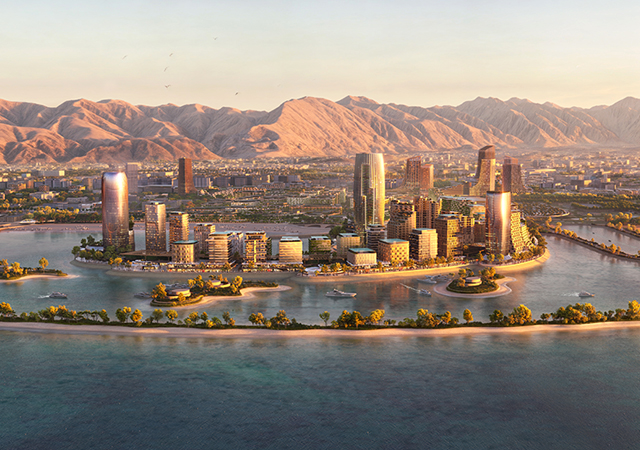

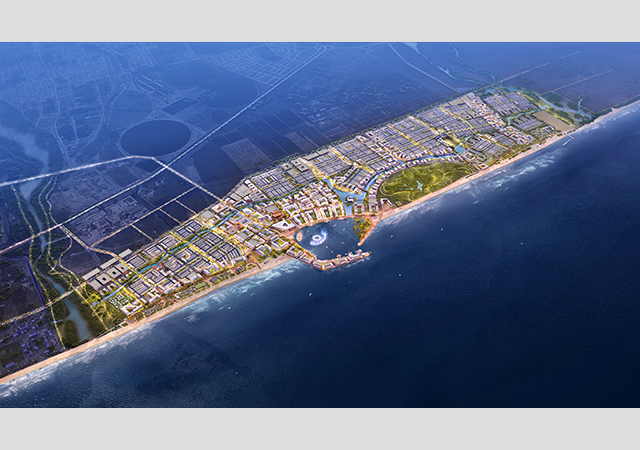

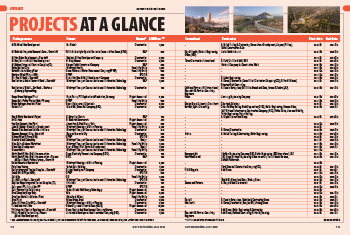





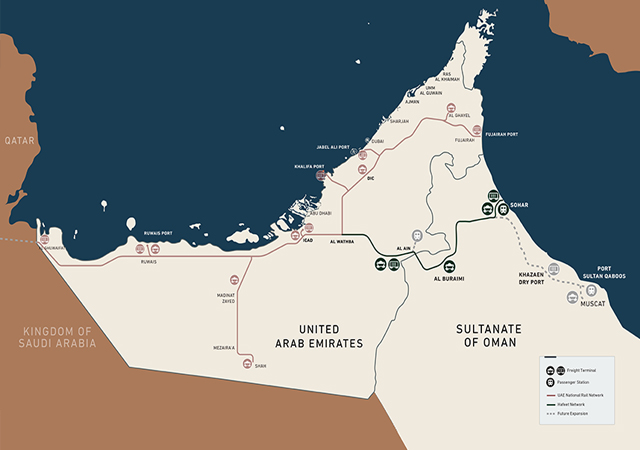
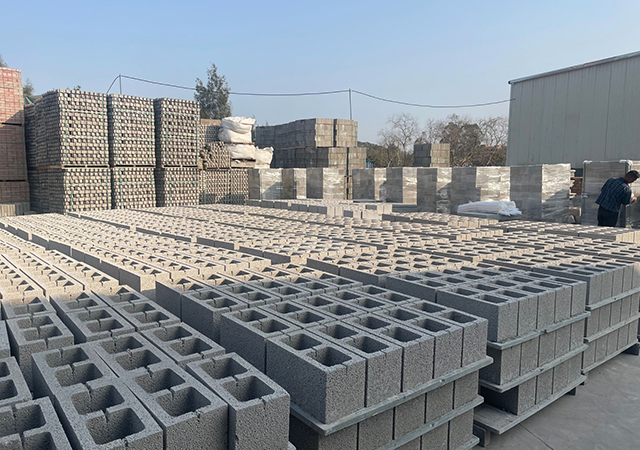


.jpg)
.jpg)
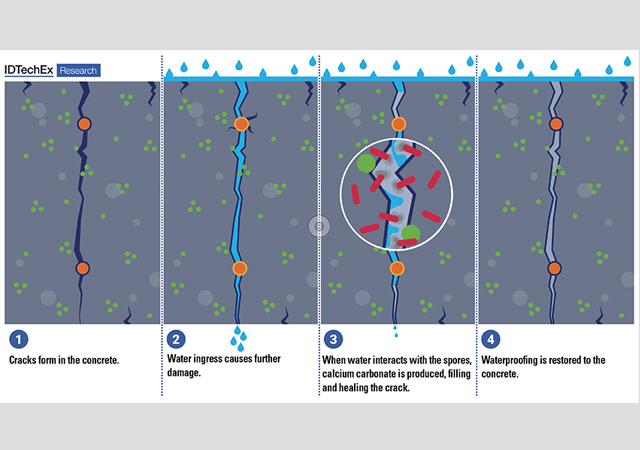
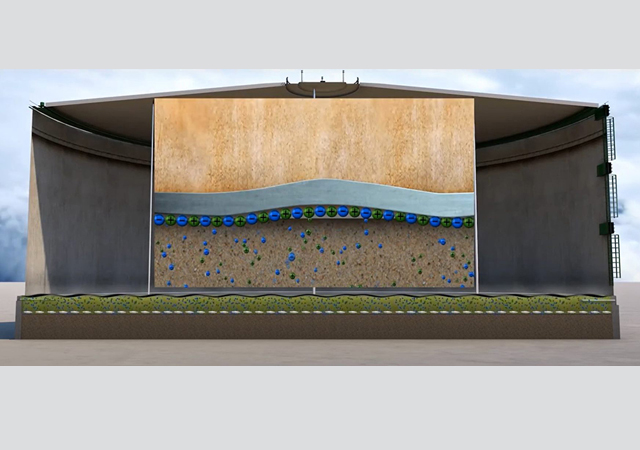
.jpg)
.jpg)
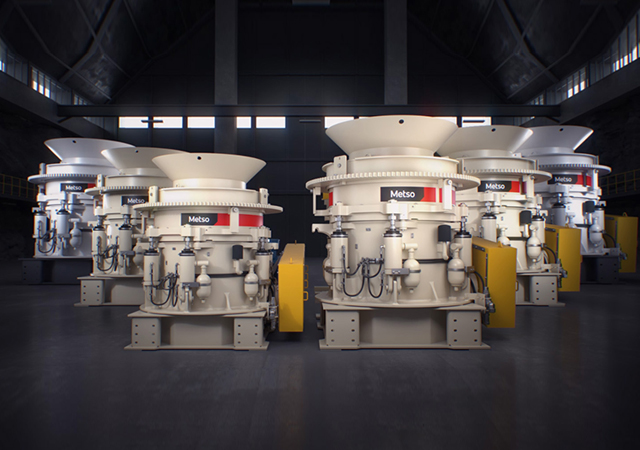

.jpg)

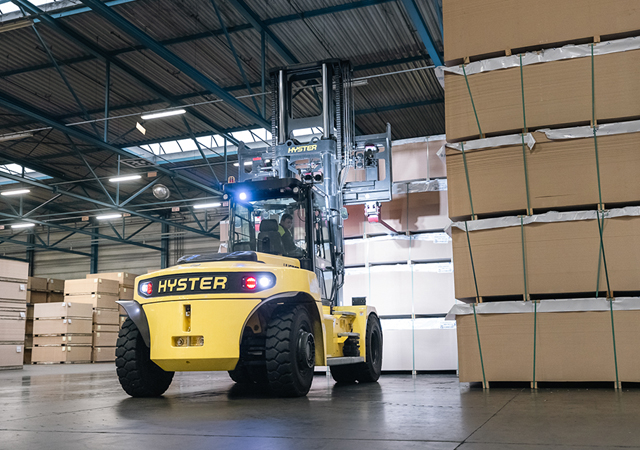
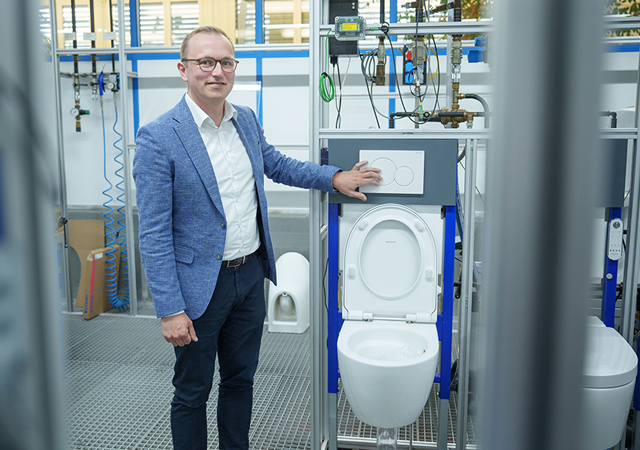

 Doka.jpg)



